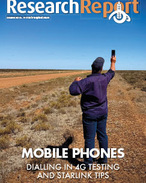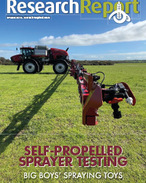This article is 8 years old. Images might not display.
Disease ratings are provided for 33 Western Australian wheat varieties to 13 diseases, including stem, stripe and leaf rusts, crown rot, Septoria nodorum blotch, yellow spot and powdery mildew.
Ratings are included for recently released varieties, including Bremer, Chief CL plus, Cutlass, Hydra, Impress CL Plus, Ninja, Scepter, Tungsten and Zen.
DAFWA research officer Christine Zaicou-Kunesch said the variety disease rating would be crucial this year to develop a risk mitigation plan for cropping programs.
“Rainfall has resulted in the potential for a ‘green bridge’ of summer weeds and self-sown volunteer plants, which could harbour disease,” she said.
“As a result, leaf diseases – particularly powdery mildew and leaf rust – could be carried over from last year and be an issue this season.”Mace continues to be the most widely sown variety, with about 66 per cent sown to the variety in 2016, according to CBH Group data.
“Mace is moderately susceptible to leaf rust and moderately resistant to stem rust, while it is moderately susceptible to susceptible to powdery mildew,” Zaicou-Kunesch said.
“The variety’s likely successor, Scepter, offers better rust protection, being moderately resistant to stem, stripe and leaf rust, while it has a provisional susceptible to very susceptible rating to powdery mildew.
“Given both Scepter and Mace’s susceptibility to powdery mildew, it is important for growers to monitor crops carefully and take appropriate action.”
Alongside the susceptibility of the wheat variety, disease severity is also influenced by the amount of inoculum carried over from the previous season, seasonal conditions and the virulence of the pathotype.
“This is a year where growers should consider integrating the cost of seed dressings or in-furrow fungicides to combat infection into their cropping program’s budget,” Zaicou-Kunesch said.
For more information, visit the DAFWA website.























